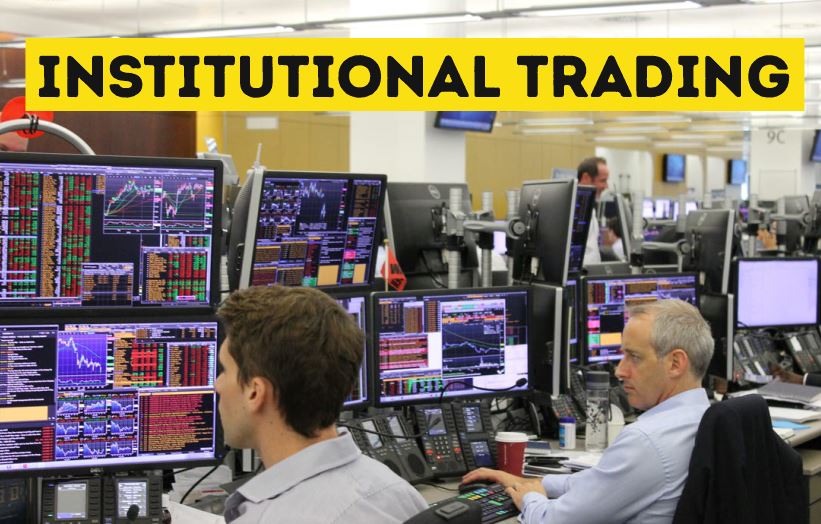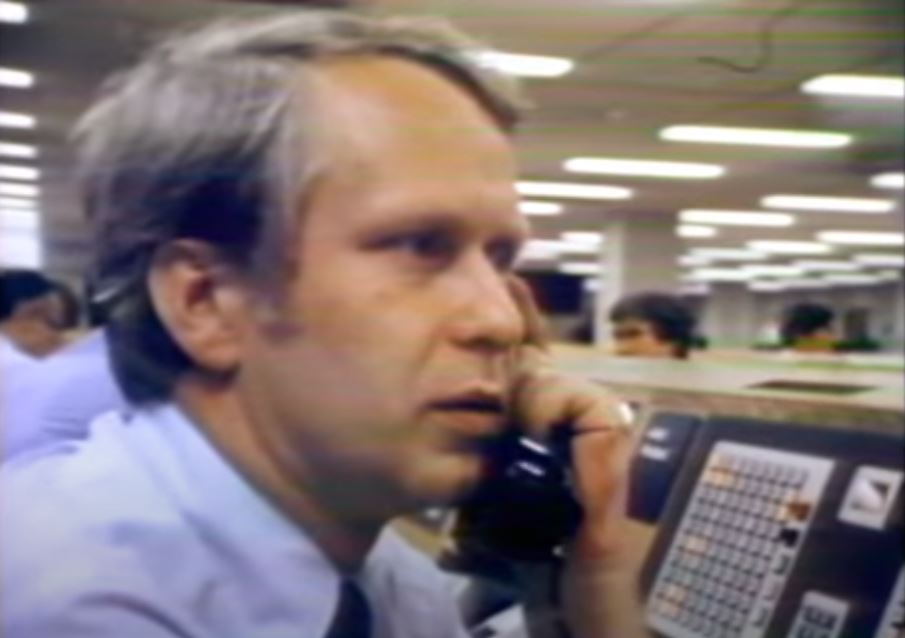The impact of rising interest rates on a particular investment strategy can vary depending on various factors, including the type of assets being invested in, the specific strategy being used, and the overall economic conditions.
Generally, rising interest rates can have a negative impact on bond prices, as higher yields from newly issued bonds become more attractive to investors relative to existing bonds with lower yields. This can result in declining bond prices and potentially negative returns for bond investors.
On the other hand, rising interest rates can be beneficial for some types of equity investments, such as financials and utilities, which may benefit from the increase in lending and borrowing rates.
It is important to consider the potential impact of rising interest rates on a particular investment strategy and to regularly monitor and adjust the portfolio as needed to align with changing market conditions.
It is also important to keep in mind that past performance is not indicative of future results, and that investing always involves risk, including the possibility of losing money.
Making money in high inflation and high interest rate environments can be challenging, but it can be done through a well-thought-out investment strategy. Here is a general strategy that may help:
-
Diversification: Diversifying your investments across different asset classes, such as stocks, bonds, commodities, and real estate, can help to mitigate the impact of inflation and interest rate changes on your portfolio.
-
Inflation-linked investments: Consider investing in inflation-linked bonds, which are bonds that pay a yield linked to inflation, or in commodities such as gold, which may benefit from rising inflation.
-
Real assets: Real assets, such as real estate and infrastructure, can also benefit from inflation as the value of these assets may increase with rising prices.
-
Financials and utilities: Financials and utilities sectors can potentially benefit from rising interest rates, as they may earn higher returns on their lending and borrowing activities.
-
Active management: Consider actively managing your portfolio to take advantage of market changes and make adjustments as needed.
It is important to keep in mind that investing always involves risk, including the possibility of losing money. Additionally, investing strategies that have worked in the past may not necessarily be effective in the future. It is important to regularly monitor the performance of your investments and make adjustments as needed.
It is advisable to consult a financial advisor before making any investment decisions.
Here are ten potential strategies for investing in a high inflation and high interest rate environment:
-
Diversification: Spread your investments across different asset classes, such as stocks, bonds, commodities, and real estate, to reduce the impact of inflation and interest rate changes on your portfolio.
-
Inflation-linked bonds: Consider investing in inflation-linked bonds, which pay a yield linked to inflation, to hedge against rising prices.
-
Commodities: Invest in commodities such as gold, which may benefit from rising inflation.
-
Real assets: Real assets, such as real estate and infrastructure, can also benefit from inflation as the value of these assets may increase with rising prices.
-
Financials and utilities: Consider investing in financials and utilities sectors, which can potentially benefit from rising interest rates.
-
Emerging markets: Emerging market countries, which often have higher growth potential, may also benefit from rising inflation and interest rates.
-
Active management: Consider actively managing your portfolio to take advantage of market changes and make adjustments as needed.
-
Short-term investments: Consider investing in short-term debt instruments, such as Treasury bills, which may offer higher yields in a rising interest rate environment.
-
Dollar-denominated investments: Consider investing in dollar-denominated assets, as a strong dollar may provide a hedge against inflation and a rising interest rate environment.
-
Alternative investments: Consider alternative investments, such as private equity or hedge funds, which can offer diversification and potential protection against inflation and interest rate changes.
It is important to keep in mind that investing always involves risk, including the possibility of losing money. Additionally, investment strategies that have worked in the past may not necessarily be effective in the future. It is important to regularly monitor the performance of your investments and make adjustments as needed.
It is advisable to consult a financial advisor before making any investment decisions.








